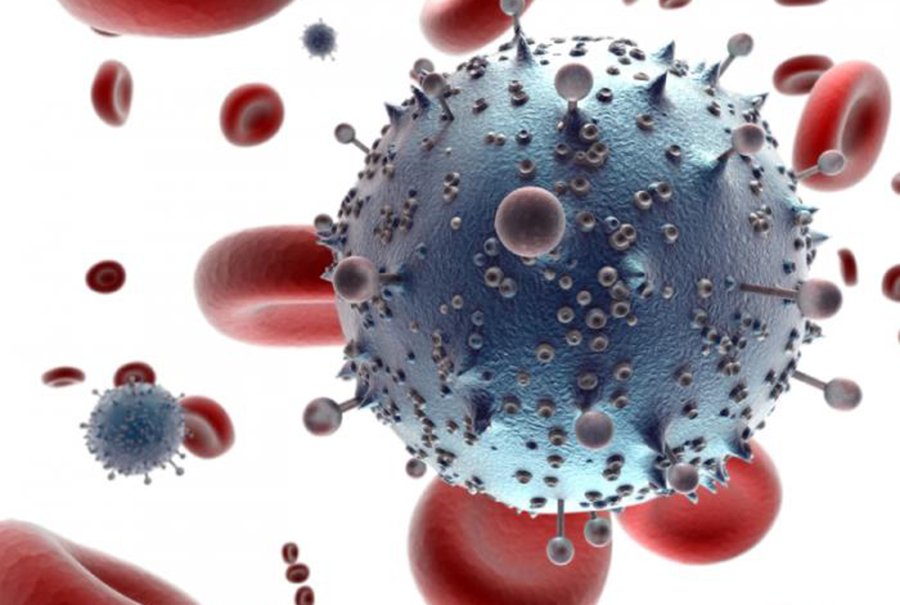Us columnists often want to write about the issues that our readers find of interest. To do that, I take to my FaceBook page and ask my readers for suggestions on what topics they currently find most important. Not surprisingly, the number one issue that we’re all thinking about is COVID-19. But a lot of my readers think of COVID-19 a little differently than most, namely its similarities to HIV/AIDS. There are many similarities between the two viruses, and if the general public will take note, they may see where the future of COVID-19 lies. Let’s take a crack at it.
At the outbreak of both viruses the country based its response on one thing: who they were affecting. We know COVID-19 affects every human being on the earth. It was quickly (though not by Trump) considered a huge health emergency. With HIV/AIDS it was first thought that only gay men were affected. Thus, since HIV/AIDS was expected to only cause death in gay men, it was not considered a major health emergency for the nation. That meant little research, little funding for medicines or treatment, and little education to those who might need the information to protect themselves. This went on until there were thousands dead. It took over one hundred men dying in NYC until the New York Times showed the seriousness of this disease by putting it on its front page. COVID-19 was on the front page of every newspaper before the first patient died in the U.S, and it has been widely covered every day since.
The government and media did not take our disease and our lives seriously. Compared to the response to COVID-19, HIV/AIDS was virtually ignored.
That said, our community had to react in place of an absent government. We did our own research, and as we found truths from science, we set up the organizations and support systems on our own. The most important item we learned is the number one issue that all those concerned about COVID-19 need to learn: educate yourself to the disease you could get. Learn what you can do to prevent it. If you do so it may very well save your life. For HIV/AIDS we called that prevention safe sex, and we promoted the use of condoms. Today, the equivalent of a condom is a face mask. Those who didn’t wear condoms often found themselves contracting HIV. It is a lesson for today, including those in the LGBTQ community. If you went condomless, you raised your risk of getting HIV. If you go maskless, you raise your risk of getting COVID-19.
Then there is the search for a vaccine to “cure” COVID-19. After 30 years there still is not a vaccine for HIV. But don’t be alarmed by that statement, because while there is no vaccine, there are treatments which allow people with HIV to live a somewhat normal life.
That is what we the people must understand now regarding COVID-19, something we learned a long time ago with HIV/AIDS: a treatment might be all that we get, but it might turn out to be far more valuable than a vaccine.
